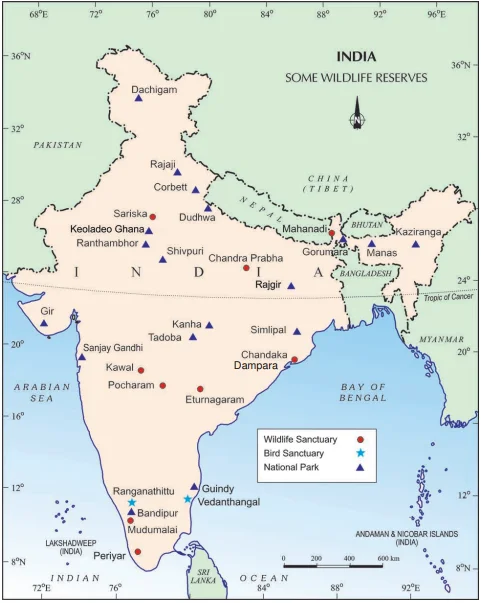![]() 22 Jun 2024
22 Jun 2024
Forest conservation maintains a complex connection with life and the environment, offering various direct and indirect benefits to our economy and society. Therefore, the preservation of forest conservation is crucial for the well-being and progress of humanity.
Consequently, the Government of India introduced a nationwide forest conservation policy, implementing a forest policy in 1952 with the dual objectives of safeguarding and expanding forest reserves while also addressing the requirements of local communities.
| POINT TO PONDER
Have you ever visited thorn forests of rajasthan , tropical rainforest of kaziranga national park and sholas of nilgiri? Did you observe that there exists huge variation in the type of plants and animals? Can you think of reasons behind such a megadiversity of flora and fauna ? |
|---|

Wildlife Reserves
| Must Read | |
| Current Affairs | Editorial Analysis |
| Upsc Notes | Upsc Blogs |
| NCERT Notes | Free Main Answer Writing |
<div class="new-fform">
</div>
